I wrote this article in Japanese and translated it into English using ChatGPT. I also used ChatGPT to create the English article title. I did my best to correct any translation mistakes, but please let me know if you find any errors. By the way, I did not use ChatGPT when writing the Japanese article. The entire article was written from scratch by me, Saikawa Goto.
Introduction
Movies and books covered in this article

Three takeaways from this article
- Skovmand is evaluated as being more important than the head of a state.
- What are the benefits of the ‘Gene Bank’, which is the botanical version of Noah’s Ark?
- How should we maintain the diversity of crops in a world where the acquisition of patents for genetic information is advancing?
Self-introduction article


Published Kindle books(Free on Kindle Unlimited)
“The genius Einstein: An easy-to-understand book about interesting science advances that is not too simple based on his life and discoveries: Theory of Relativity, Cosmology and Quantum Theory”
“Why is “lack of imagination” called “communication skills”?: Japanese-specific”negative” communication”
The quotes in the article were translated using ChatGPT from Japanese books, and are not direct quotes from the foreign language original books, even if they exist.
Skovmand, Who Established the Unfamiliar “Seed Bank,” Saved the World’s Agriculture

Who is Skovmand?
This book is a work that focuses on Bent Skovmand, who is known as a “legendary botanist,” and chronicles his accomplishments while discussing how “world food” is being protected.
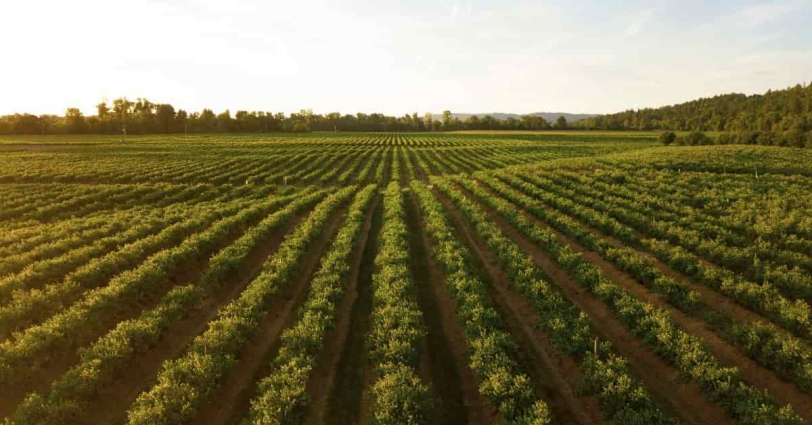
By the way, I think many people may not have heard the name “Seed Bank” (or “Gene Bank”) before. I didn’t know it myself until I read this book. It’s a place that stores seeds (genetic information) of crops from all over the world like a bank. Skovmand is the person who founded such a “Seed Bank,” and people who collect and store seeds like him are called “seed bankers” (or “gene bankers”).
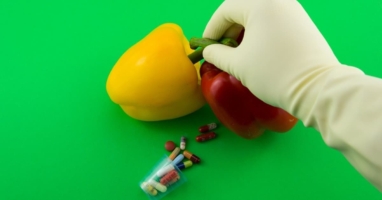
Skovmand acted with the belief that protecting agricultural diversity would safeguard the world’s agriculture and eliminate hunger around the world. Thanks to him, we are now equipped with tools to address significant issues that may arise in crop cultivation.
Regarding his accomplishments, Time magazine once said,
He is a more important figure for people’s daily lives than most heads of state.

A simple botanist is said to be more important than the leader of a country, so his contribution is beyond imagination. And most people, including me, live without knowing about such a great person.
The opening of the story introduces an episode that shows how insightful he was.
In 1998, “stem rust” was discovered in the wheat industry. “Stem rust” is the most formidable of wheat diseases, and the fungus that causes it can spread across borders on the wind, infecting wheat worldwide. This “stem rust” discovered in 1998 was named “Ug99.” Many people, including myself, probably didn’t know about it, but “Ug99” was a big problem for farmers.


Something terrible is happening in the world of wheat, and only a handful of scientists around the world are desperately searching for a way to combat the disease that has a tremendous impact on our daily bread, which is probably beyond our imagination.
Thanks to Skovmand’s “Seed Bank,” humanity was able to avoid losing wheat. We maybe might have been hit by a terrible food shortage. The reason why this did not happen is that Skovmand correctly predicted “problems that could happen in the future” and made preparations to deal with them.
We are able to live our daily lives without worrying about food thanks to Skovmand, not an exaggeration.
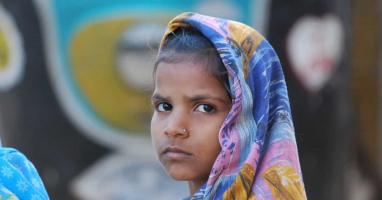
The Importance of Crop Diversity and the Risks of Losing Diversity
When I first learned about the existence of the “Seed Bank” in this book, I had this image in my mind: they must be preparing to resume agriculture without problems in case of a major global disaster such as an earthquake or meteorite impact.
However, my imagination was completely wrong. It was not something prepared for such “risks that may or may not occur,” but for “risks that are inevitably possible in conducting agriculture in a global world.”
Now, let’s talk about “breeders” for a while. Breeders are people who improve crops. With modern technology, it would be possible to improve varieties by rearranging genes, but they have created new varieties by repeatedly crossing various crops and actually growing them, even in times when such technology did not exist.
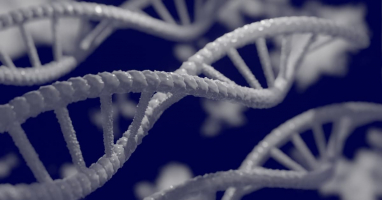
Whatever crop it is, acquiring the ability to “harvest efficiently” and “increase yield compared to before” would be welcomed. Alternatively, traits such as “being able to grow crops in cold regions where they would not normally grow” or “being resistant to salt damage” are also important. People who create varieties with desired traits like these are called “breeders.” Skovmand was originally a breeder.
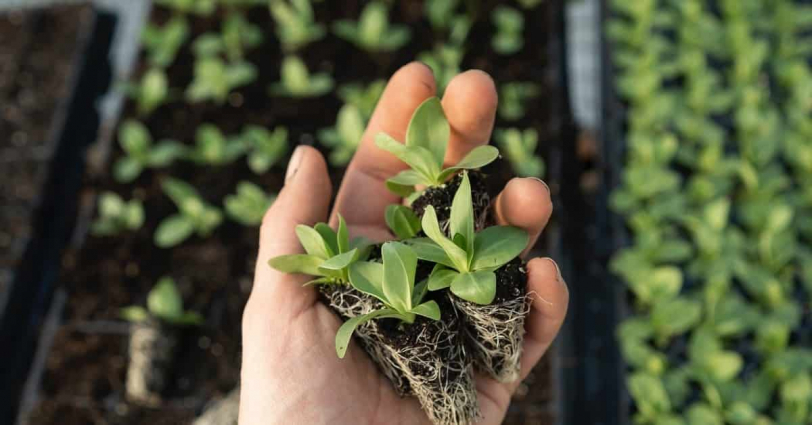

Now, let’s say that a certain breeder has created “super wheat.” This is a perfect variety that has all the characteristics of wheat that have existed so far. If it can produce a high yield, be harvested efficiently, be grown in both hot and cold climates, and be resistant to salt damage and drought, then of course farmers around the world will want to grow this “super wheat.” Before airplanes became commonplace, it was probably difficult to grow a variety born in one region in another region separated by the sea, but in modern times, this “super wheat” will probably spread quickly around the world.
Since this “super wheat” can produce a high yield and be harvested efficiently, if farmers all over the world cultivate it, the world’s wheat production will increase significantly. It is expected that the world population will reach 9 billion by 2050, and if that happens, it is said that we will need to increase our food production by more than 75% from current levels. Therefore, it would be a joy if this “super wheat” could spread throughout the world.

However, that is not always the case. Why is that? This is where “crop diversity” comes into play. If the exact same wheat is produced all over the world, diversity disappears. And that is a very dangerous thing.
Why is that?
Earlier, I mentioned the discovery of “stem rust (Ug99)” in 1988. If various varieties of wheat were being cultivated all over the world, one of them might survive and resist against “Ug99.” However, in the case that the same wheat (super wheat) is grown all over the world, if it does not have resistance to “Ug99,” wheat all over the world would be wiped out.

I think it’s well known, but it’s been found that all the “Somei-yoshino” cherry blossom trees in Japan have the same genes, in other words, they’re all “clones”. If a disease that kills “Somei-yoshino” were to be found in any part of Japan, probably all the “Somei-yoshino” cherry blossoms in Japan would die. For the same reason, it is mentioned in this book that bananas were once nearly extinct.

This is the risk that arises from the loss of diversity. That’s why a “Gene Bank” is needed.
Only Skovmand was able to recognize and take action on what would happen if agriculture became globalized. We can say he had great insight.
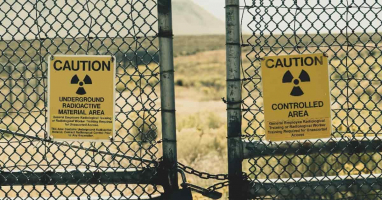
The Importance of Seed Banks
Let’s talk again about how important Seed Banks are.
There are two main advantages to having a Seed Bank.
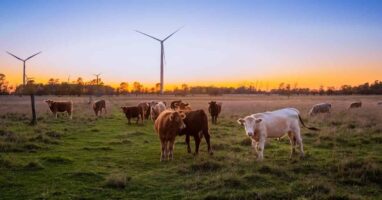
The first advantage of the “Seed Bank” is its value as a database for breeding. There is a problem of “patenting genetic information” involved here.
Different countries have different judgments on this, but recently some countries have begun to allow the “patenting of genetic information.” Since “genes” are not creative works, it is hard to imagine that they can be patented. However, under the idea that “there is creativity in isolating something from a natural substance,” the patenting of genetic information has been allowed.
For example, if the breeder who developed the “super wheat” mentioned earlier can obtain a patent for the genetic information of that “super wheat,” a patent fee is required to grow “super wheat.”

When gene information is patented, it becomes difficult for anyone to access seed information. This becomes a constraint on breeding new varieties and is also undesirable from the perspective of maintaining diversity.
That’s why an environment where anyone can access seed information, such as open source, is important, and that’s where “Gene Bank” comes in. Skovmand struggled to resist the trend of monopolizing gene information in the world, but managed to position “Gene Bank” as a countermeasure. Breeders and researchers are striving to maintain crop diversity by creating new varieties using seeds stored in “Gene Bank” and then providing them back to the bank.

And another advantage is the countermeasure against diseases that have been mentioned earlier.
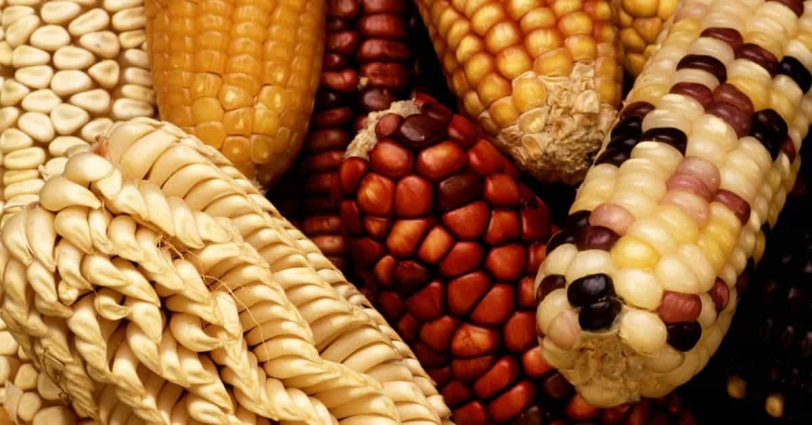
Before the advent of genetically modified technology, there was only one way to combat crop infectious diseases. That was to “find a variety that has resistance to the disease, cross it with the currently cultivated variety, and create a new variety with resistance to the disease.” However, without actually the occurrence of the infectious disease, it is naturally impossible to know which variety has resistance to it. That’s why it is necessary to store all kinds of seeds, including those that are no longer being cultivated.

This book includes a real example of when “stripe rust,” a wheat disease, became widespread in the United States. Although a variety of wheat that had resistance to the disease was found in the “Gene Bank” database, it was a type of wheat that the plant collector who discovered it described as “miserable.”
The wheat had a miserable appearance, with tall and slender stems that were easily toppled, prone to red rust disease, and weak against winter cold.
A variety with such characteristics would normally be ignored by anyone for cultivation purposes, as it would have no merits for sale. However, the plant collector collected and stored it in the “Gene Bank” because it was a variety he had never seen before. And that “miserable-looking wheat” became the savior of America later on.
This is an episode that helps us understand how important a “Seed Bank” can be.

The Life of Skovmand and Other Stories
As we have seen so far, Skovmand had an extraordinary insight into the future of agriculture, and made the necessary preparations for it, leaving behind achievements that were praised as “more than a head of state.” However, his life was not as fortunate as his greatness.
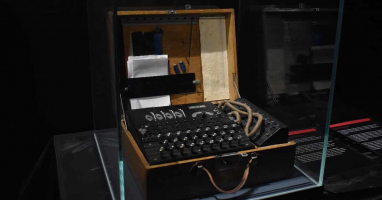
Given the magnitude of Skovmand’s work, it would not be surprising to hear that he relied on “intuition” and “ideals” to move forward. However, it is for this very reason that he could not maneuver well within the organization. Skovmand belonged to the Centro Internacional de Mejoramiento de Maíz y Trigo (CIMMYT) based in Mexico, but he created only friction within it. His beliefs, which are now more than meaningful enough, “Genetic resources should be open to everyone” and “Genetic resources all over the world should be stored,” were not understood at all at the time, and the budget was cut relentlessly. Eventually, Skovmand was fired from CIMMYT.
This prompted Skovmand to start working towards the establishment of the “Gene Bank.” After much struggle, a storage facility was created in Svalbard, the northernmost part of Norway, where seeds from around the world were collected, and he became its director. This “Svalbard Global Seed Vault” is also known as the “Vault for the Last Days on Earth” and is an extremely robust storage facility that can withstand tsunamis caused by meteorite impacts and radiation contamination caused by nuclear war. Even if human beings on Earth were almost completely destroyed for some reason, it is expected that agriculture can be restarted using the seeds stored here.


What a magnificent plan. It could be described as the “Botanical version of Noah’s Ark”. The book also touches on the life of Skovmand, who realized such an incredible plan, but whose life cannot be evaluated enough.

In addition to Skovmand, the book covers various topics such as the story of Vavilov, a botanist from Russia, who despite having great abilities and achievements, had an unfortunate life due to the place and time he was born in.
The book also talks about various facts that are not well known but directly affect our lives, such as the problems of globalized agriculture and genetic modification, and the loss of valuable genetic resources due to wars and financial difficulties. While there are many things necessary for living, “food” carries significant weight, and therefore, the book’s insights can be considered an urgent issue for all of humanity.
It was a very interesting work.

Conclusion
By the price of oil going up, the prices of various daily necessities have increased, and the problems of Japan’s medical system have become apparent due to the spread of the coronavirus. We often only understand the background of problems when they occur. Although it may be unavoidable, it would be better to understand the problems before they cause any harm and to avoid harm by sharing a sense of crisis among many people.

I repeat, “food” is absolutely essential for survival. That’s why I think we should understand the risks that the world’s agriculture carries and what possible countermeasures can be taken.

Published Kindle books(Free on Kindle Unlimited)
“The genius Einstein: An easy-to-understand book about interesting science advances that is not too simple based on his life and discoveries: Theory of Relativity, Cosmology and Quantum Theory”
“Why is “lack of imagination” called “communication skills”?: Japanese-specific”negative” communication”







コメント